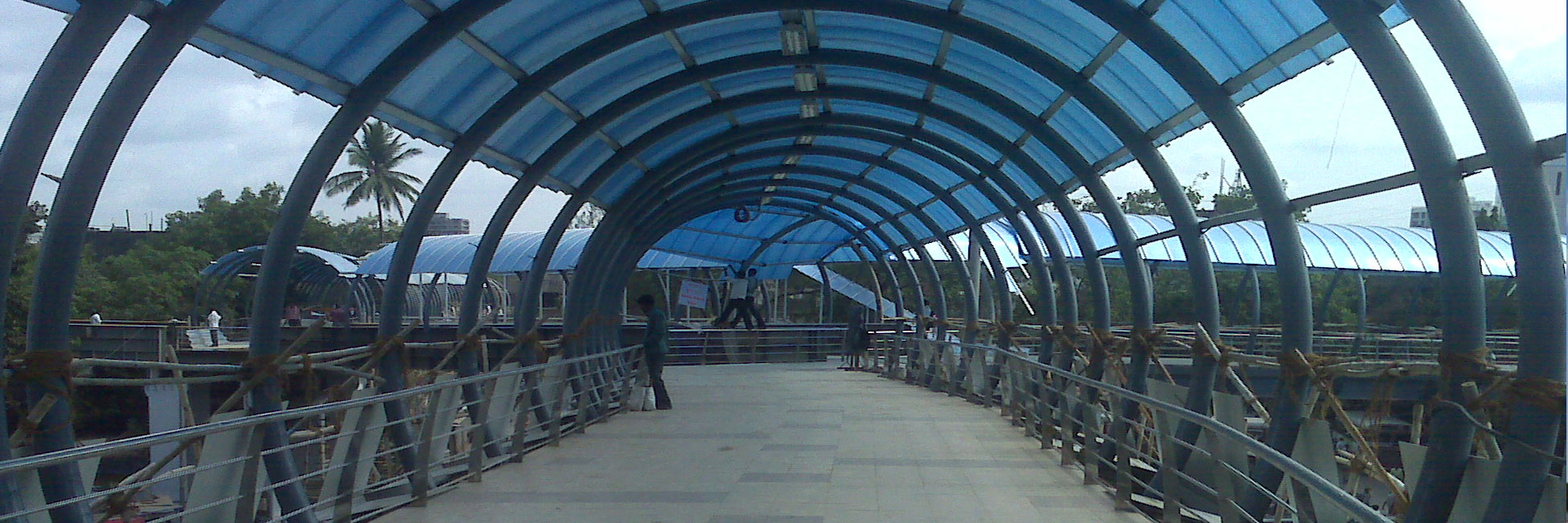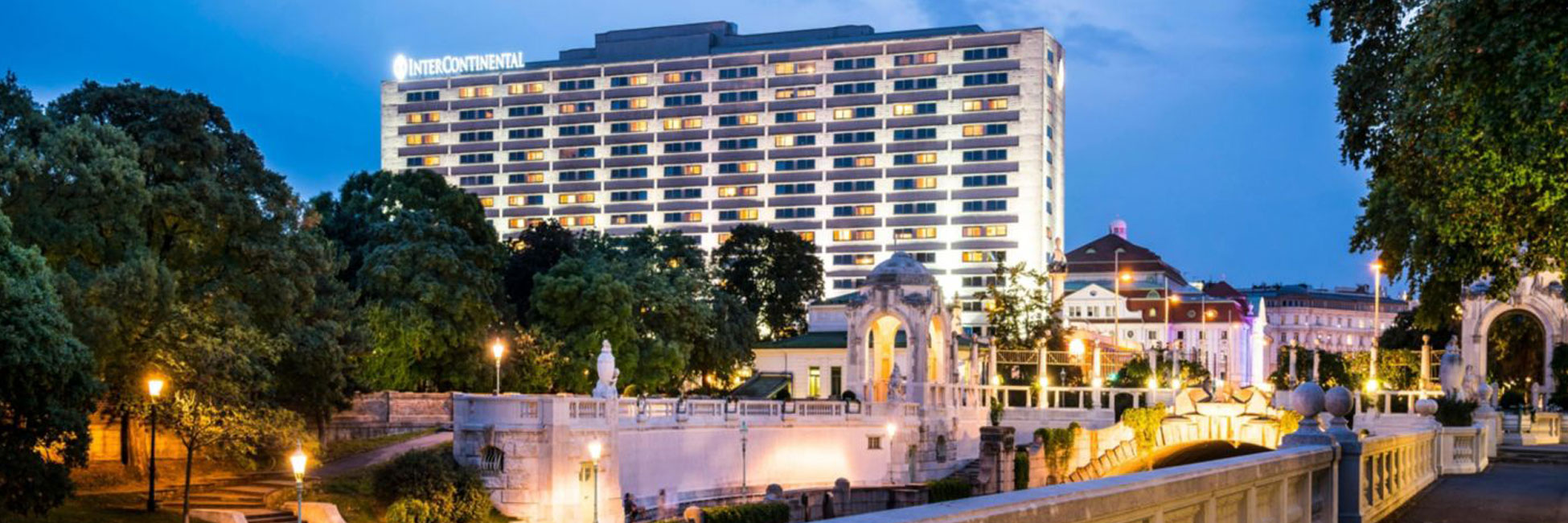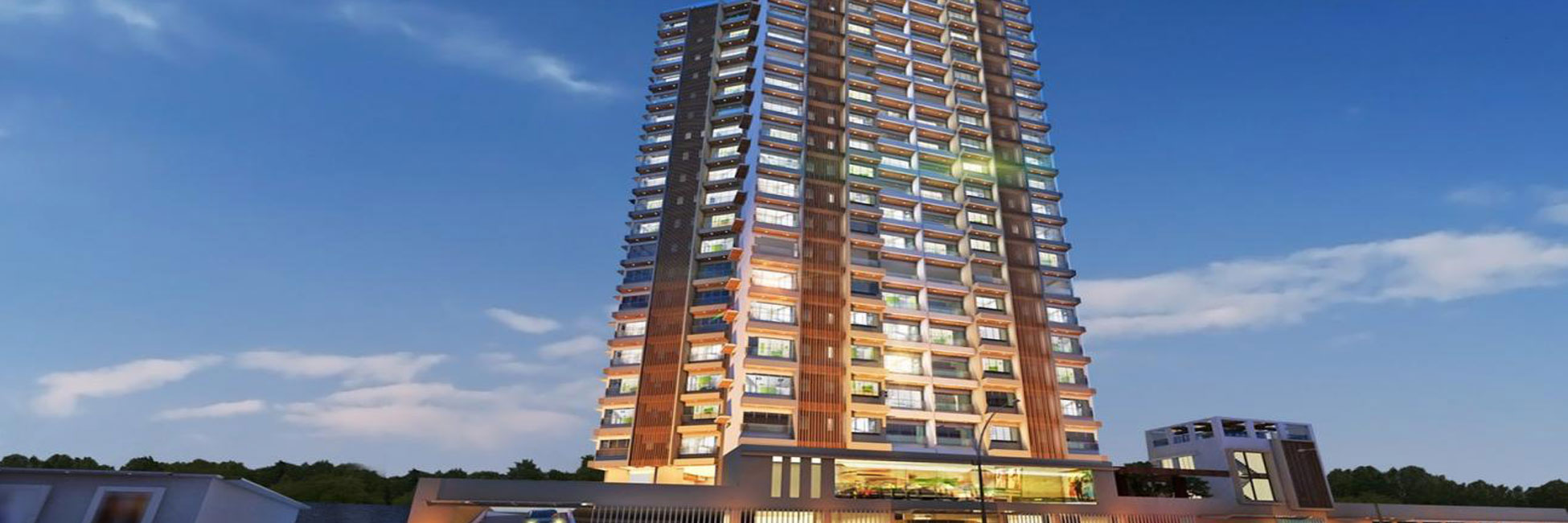ADVANTAGE OF GBARZ (GALVANIZED REBARS) OVER EPOXY COATED REBARS (ECR)
1) Special Handling
The zinc coating of GBARZ (Galvanized Reinforcement Bars) is harder than the steel itself. Bundling, dragging and rough treatment prior to and during placement have to detrimental effect on GBARZ (Galvanized Reinforcement Bars).
ECR requires delicate handling to prevent damage to the epoxy coating. Any damage to the coating prior to placement will compromise the corrosion protection.
2) UV Damage
GBARZ (Galvanized Reinforcement Bars) is unaffected by UV ray exposure during field storage and installation period.
ECR coating break down under UV ray exposure.
3) Touch-up
GBARZ (Galvanized Reinforcement Bars) coatings are tenacious and resistant to scratching and chipping during Shipping and placement.
Only cut ends need touch-up in the field because of cathodic protection ability of zinc.
In case of ECR the entire rebar may corrode below the coating itself which may not be corrected by mere touch up.
4) Overlap Lengths
GBARZ (Galvanized Reinforcement Bars) have equal or better bond strength in concrete not requiring any additional lap lengths
American concrete Institute (ACI 318) recommends 20% more overlap lengths while
using ECR. This is because bond strength of ECR is far less in comparison to black steel.
5) Holidays / Pinholes (Coatings Inconsistencies)
HDG specifications allow for zero uncoated surface area. The HDG process ensures 100% of the bar is coated with zinc.
ECR specifications allow for a percentage of the bar to have holidays and pinholes, Compromising its protection mechanism before it reaches the job site.
6) Bond to Concrete
There is no significant difference at ultimate load between the bond strength of GBARZ (Galvanized Reinforcement Bars) and black rebar.
ACI Code requires the basic development length for ribbed epoxy-coated bars to be Increased due to the loss of bond strength of the epoxy coating.
7) Fabricate After Coating
GBARZ (Galvanized Reinforcement Bars) can and is often fabricated / bent after galvanizing.
ECR is not practically fabricated after coating as the epoxy will crack / flake.
8) Underfilm Corrosion
The zinc of GBARZ (Galvanized Reinforcement Bars) is self-healing and impermeable. If GBARZ (Galvanized Reinforcement Bars) is damaged, there is only small, localized Corrosion.
ECR coatings are permeable and once corrosion begins, it spreads throughout the bar underneath the epoxy film.
9) Cathodic Protection
GBARZ (Galvanized Reinforcement Bars) offers sacrificial protection to the steel. GBARZ (Galvanized Reinforcement Bars) prevents corrosion in chloride ion concentrations 2 to 5 times greater than what causes corrosion of black Rebar. GBARZ (Galvanized Reinforcement Bars) also provides barrier protection against impact.
ECR offers only barrier protection that is compromised by allowing a percentage of pinholes and holidays in the coating.
10) Abrasion Resistance
GBARZ (Galvanized Reinforcement Bars) coating (Alloy layers) are harder than the substrate steel with a hardness ranging from 179 to 250 DPN (Diamond pyramid number).
ECR must be handled with extreme care of avoid coating damage.
11) Installation Conditions
GBARZ (Galvanized Reinforcement Bars) can be handled in all temperatures.
ECR Coating may crack when handled in temperature less than 50 F
12) Accelerated Performance Tests
Real- works performance (< 30 years) shows GBARZ (Galvanized Reinforcement Bars) passivates after curing of concrete producing zinc corrosion products that migrate from the concrete matrix (no Cracking /spalling pressure is created ) and has higher threshold for chloride corrosion.
Estimates of Epoxy – coated rebar (ECR) performance is largely on accelerated salt spray test date. The artificial conditions of salt spray tests accelerate only one parameter and monitor corrosion, which does not mimic real world conditions.





